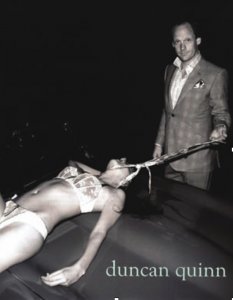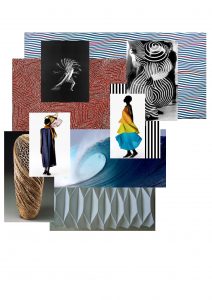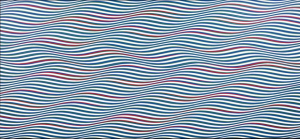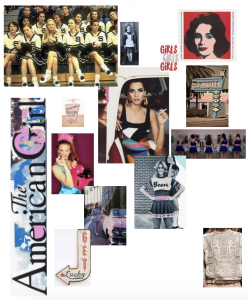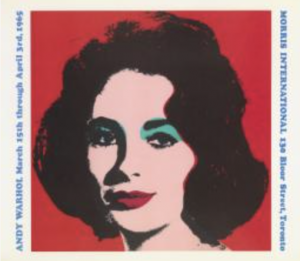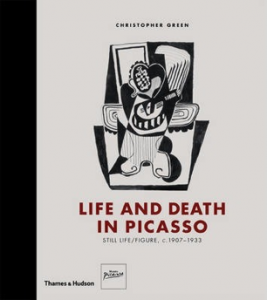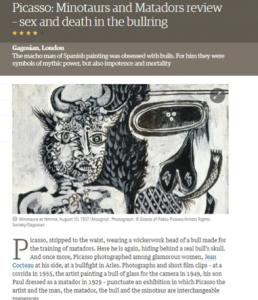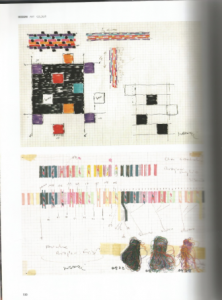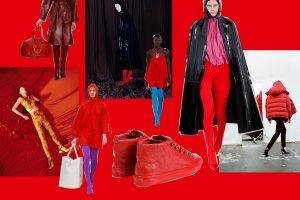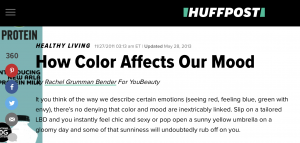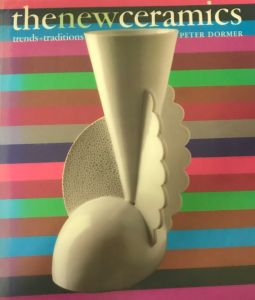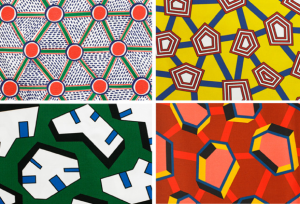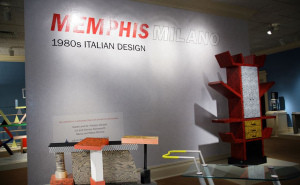ETHICAL ISSUES TASK 9&10
What I first realised about the Duncan Quinn picture was a barely dressed woman at the complete mercy of a fully dressed man. Looking at it, I didn’t understand what he was holding but looking closer, he is holding his tie around her neck as if she is some sort of animal.
If it wasn’t a photoshoot, then the fact that he is looking at the camera means that someone else is there (considering the story they’re trying to get across behind the picture), also suggesting that the whole scenario was premeditated. This man has got her almost completely undressed outside, on the bonnet of a car which is not that discreet. It could only lead to believe she is being made vulnerable and available for public humiliation.
It is worrying to think about what kind of customer this advertisement was supposed to attract. Is it intended to appeal to men that want to have complete and unwavering control over other women? There is no equality in this picture. Only through further research made it clear to me that Duncan Quinn are actually trying to sell the tie.
Looking further, there is a dark liquid coming from the area around this woman’s head. I can only assume that it’s blood. Therefore, there is an implication of a struggle before they got to this stage in the picture and raises so many more questions; is she dead? Did this woman refuse to give him what he asked for and then get attacked so she would have no choice in the matter?
The black and white setting of the picture also helps to conceal a lot of information. We can’t see where they are or if there are anymore people around or if she actually is bleeding from her head. The background and other suggestive details disappear. However, what else we can’t see is the woman’s face. This is the unfortunately common problem in society today about dehumanising our women and objectifying them to the point where they think it’s acceptable.
“The image of the tie in our society generally signifies power and success, two strong desires of a heteronormative male audience.” I believe in this because then it leaves women to believe that they then must have to take on the role of the mistreated woman in the picture as well. Which also leads to women trying to achieve a stereotypical body image and lingerie that the woman in the picture has.
Overall, I think that this advertisement is highly disturbing and unhealthy for anyone that sees it and thinks it’s something they should aspire to. What would happen to all of the young and impressionable children that see this advertisement? Unless they’re taught differently, they are going to grow up believing this is the right way to treat each other or themselves. I do not understand the need to use violence, abuse and sexism to sell ordinary products like clothes or perfume. The greater body of the public look up to high fashion brands only to have their collective views spoilt.
Monique Olowu

